- Museums
- Ft. Ligonier Museum
- Sandy Point Nature Ctr.
- Eleanor Roosevelt
- The Ice Well
- Naval Museum
- World Ablaze
- Everglades
- Belair Stables
- Mending a Nation
- Seeds of Change
- Historic Annapolis
- Carlyle House
- Bowie Train Station
- The Lyceum
- ABHM Dollhouses
- Birthplace of Bowie
- 1939 Sit-in ABHM
- Black Lives ABHM
- ABHM Graphics
- Power Plant
- River Center
- Native Habitats
- Laurel in the 50's
- Star Spangled
- Apothecary Museum
- Waterfront Archaeology
- Events
- Strategy
- 3D Brand Grfx
- Trade Shows
Belair Stable Museum
-
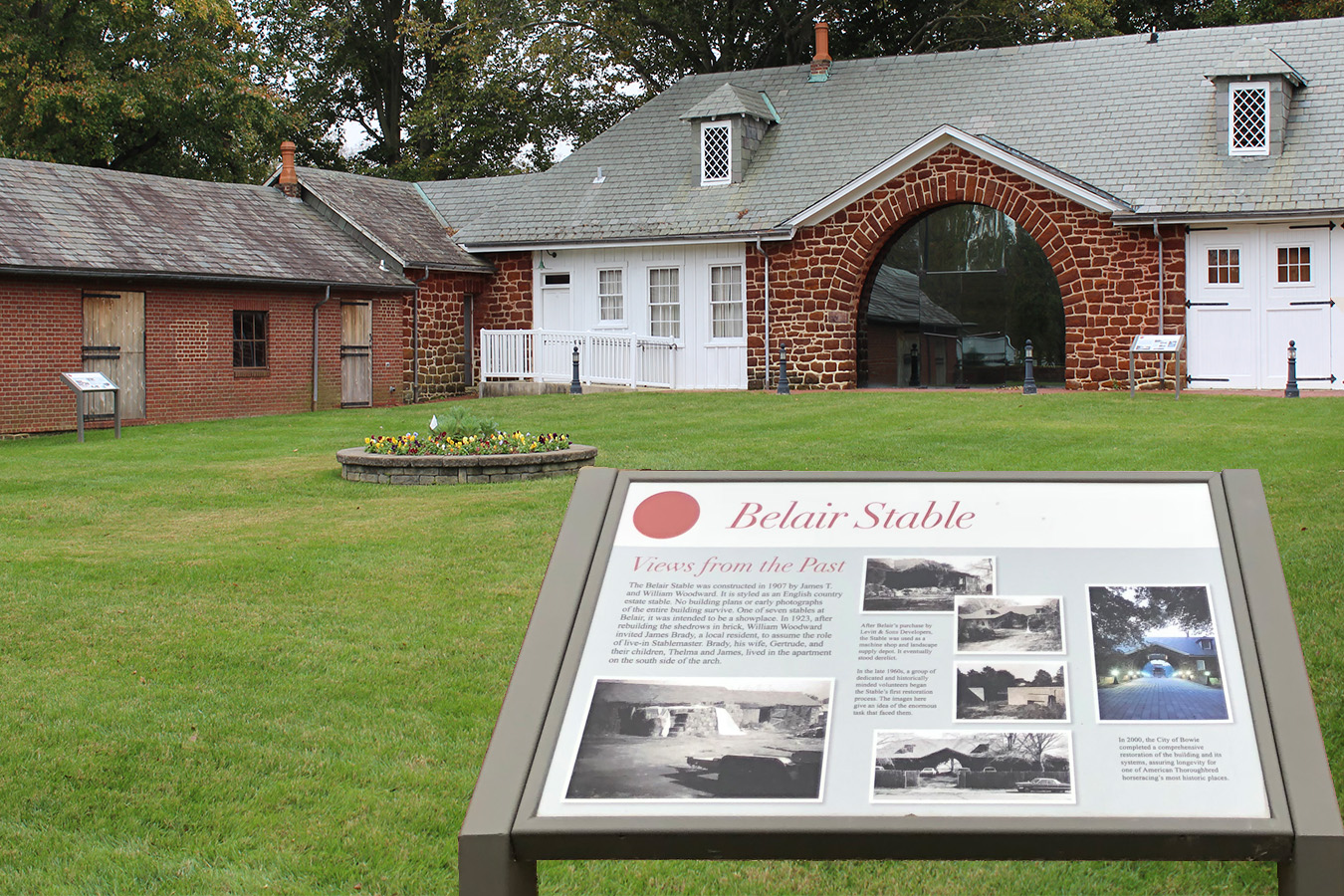
Waysides located in the courtyard tell the story of reconstruction and trainers
-
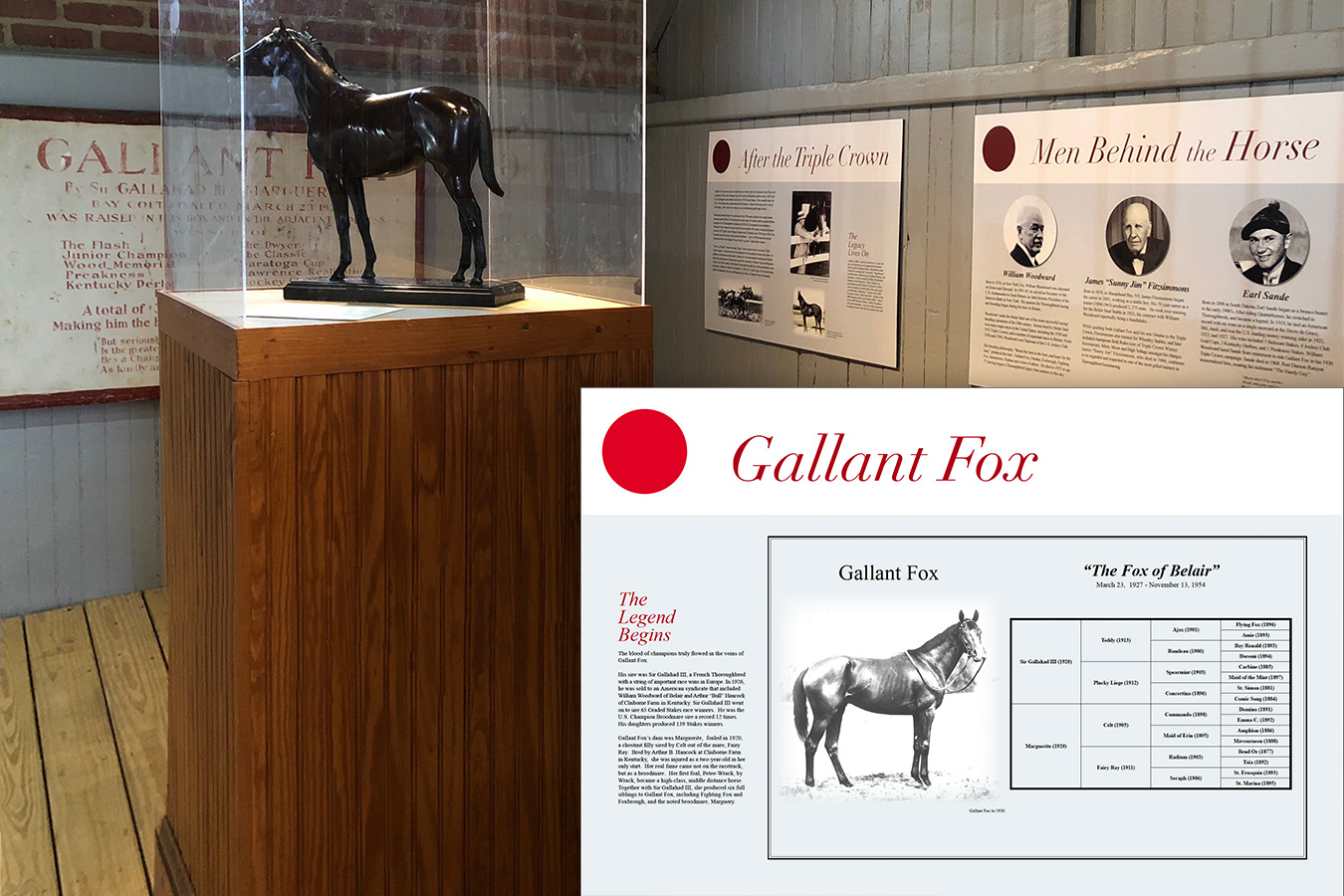
Graphic panels produced on recycled material
-
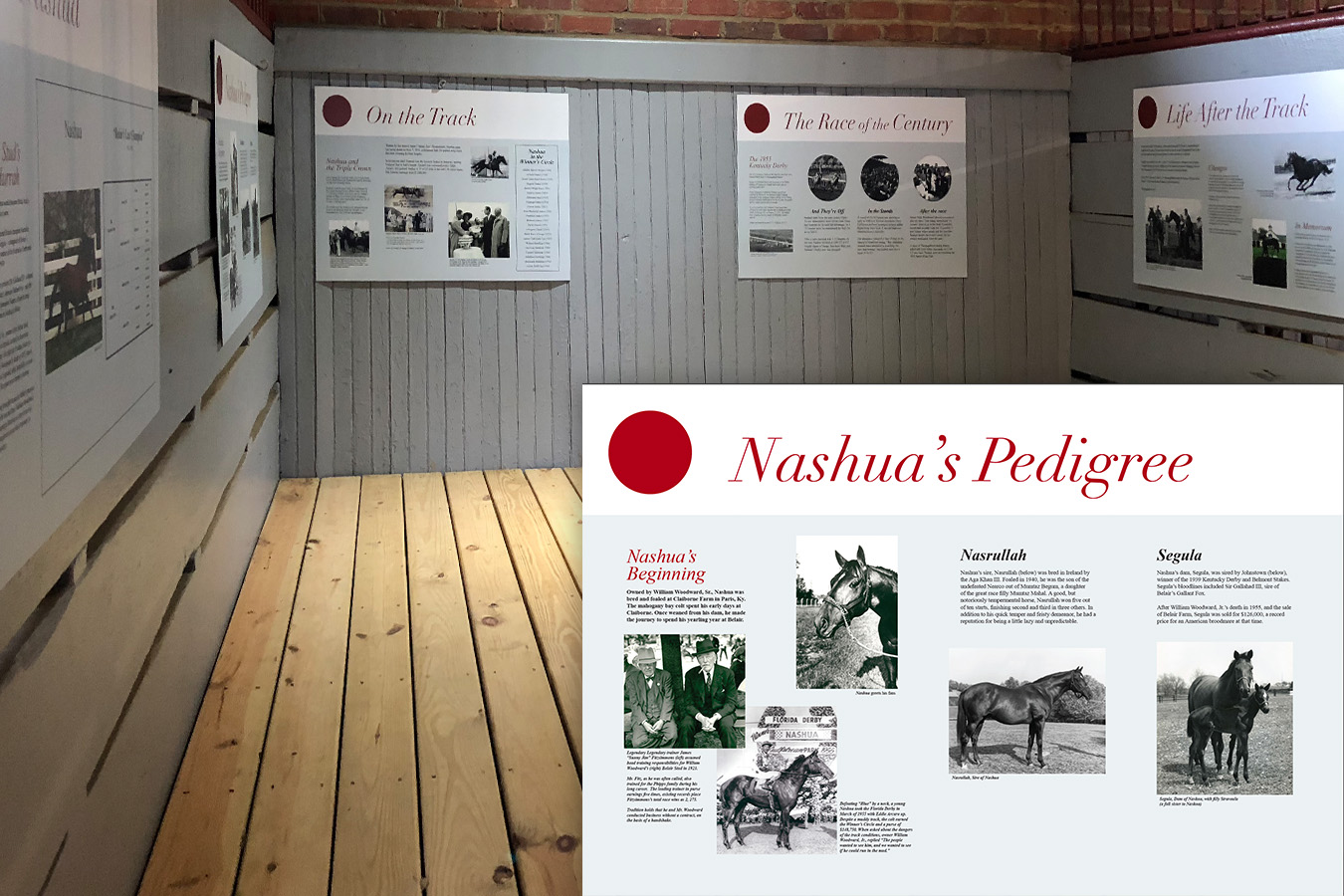
Each stall has an interpretive vignette, including famous horse pedigrees, feats & trainers
-
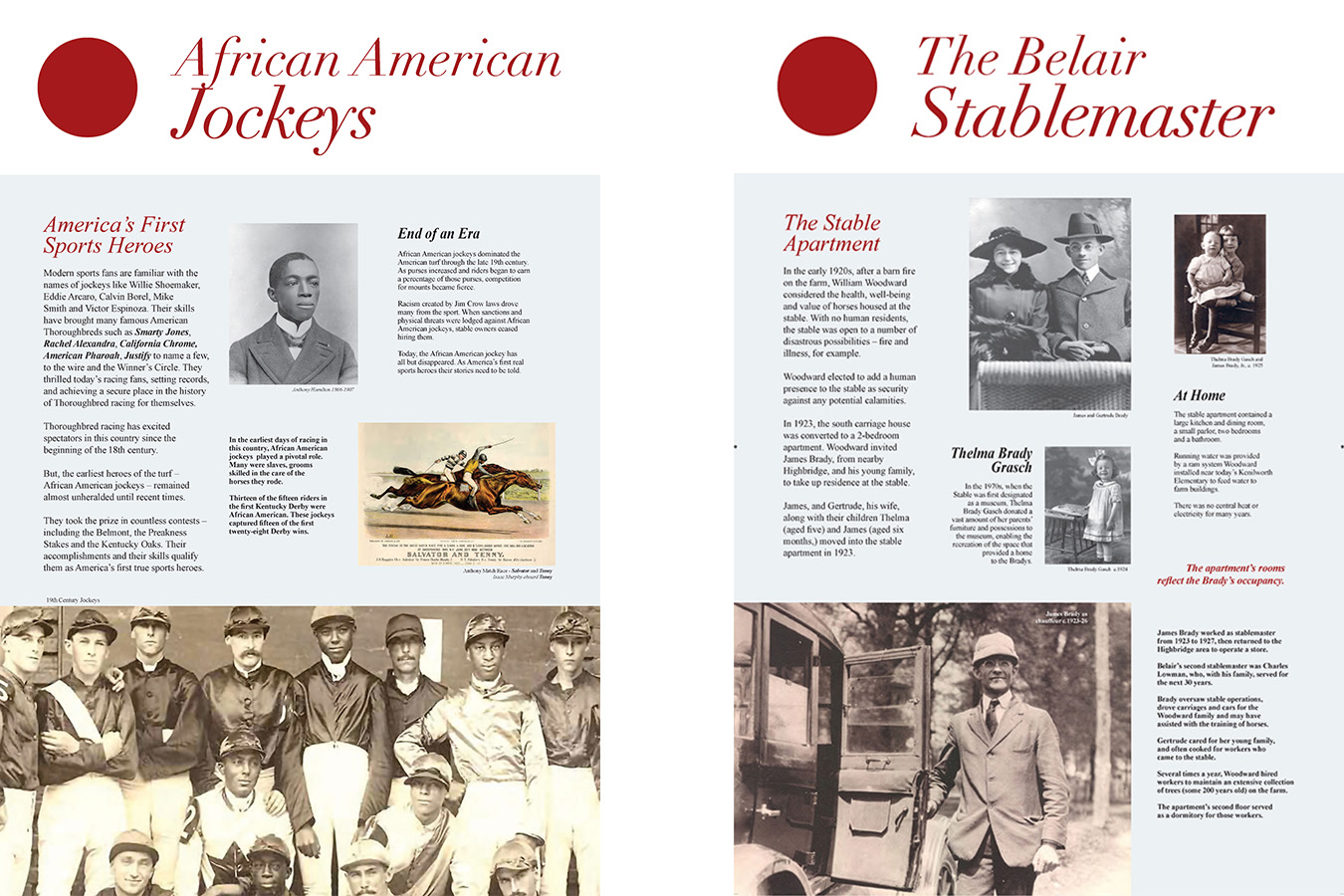
More than 30 Interpretive Graphics were printed on recycled PVC panels.
-
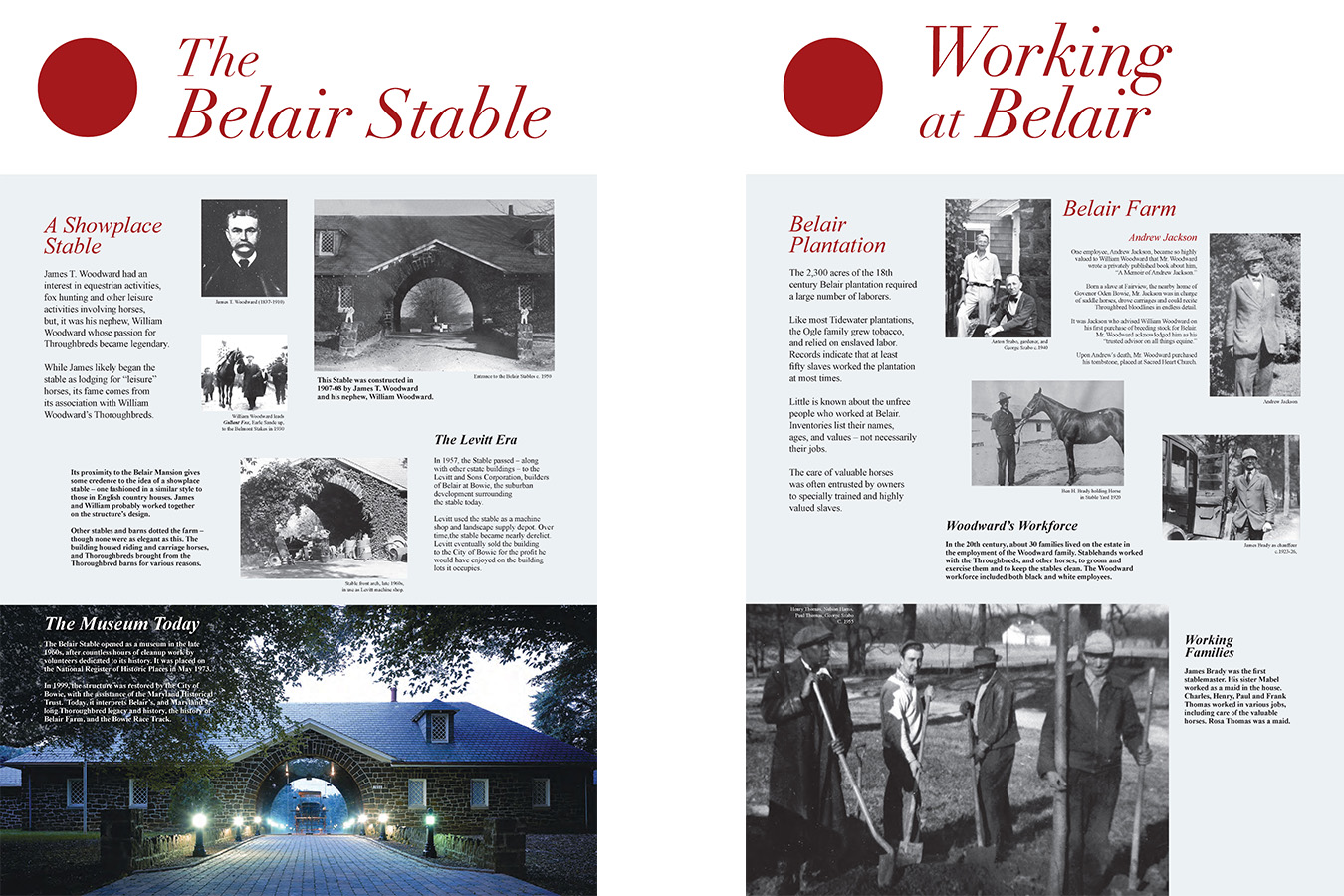
Belair Stable jockeys wore silks with large Red Polkadots.
-
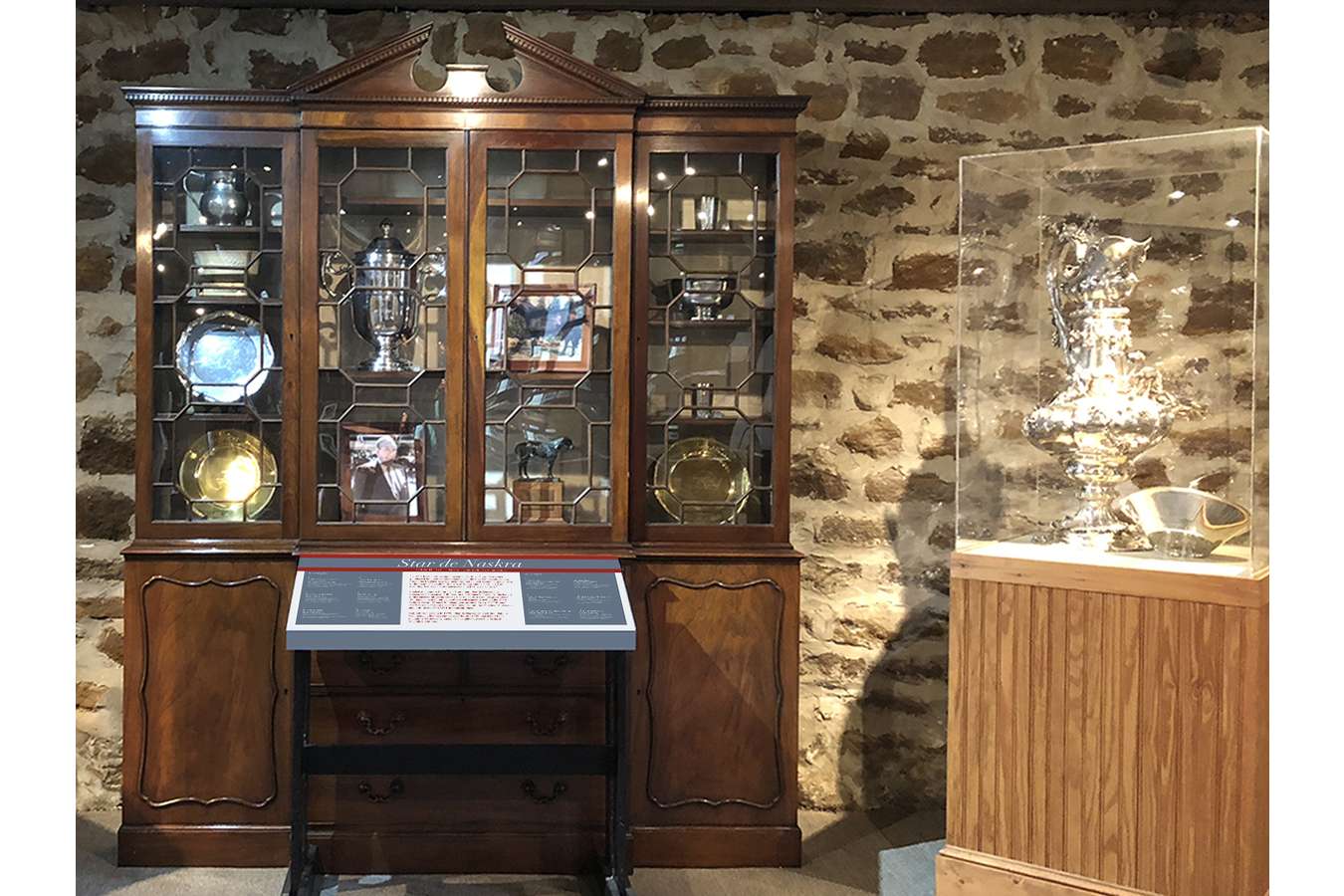
Belair Stables was used as a depot by the Levitt Company during development of Bowie, MD
-
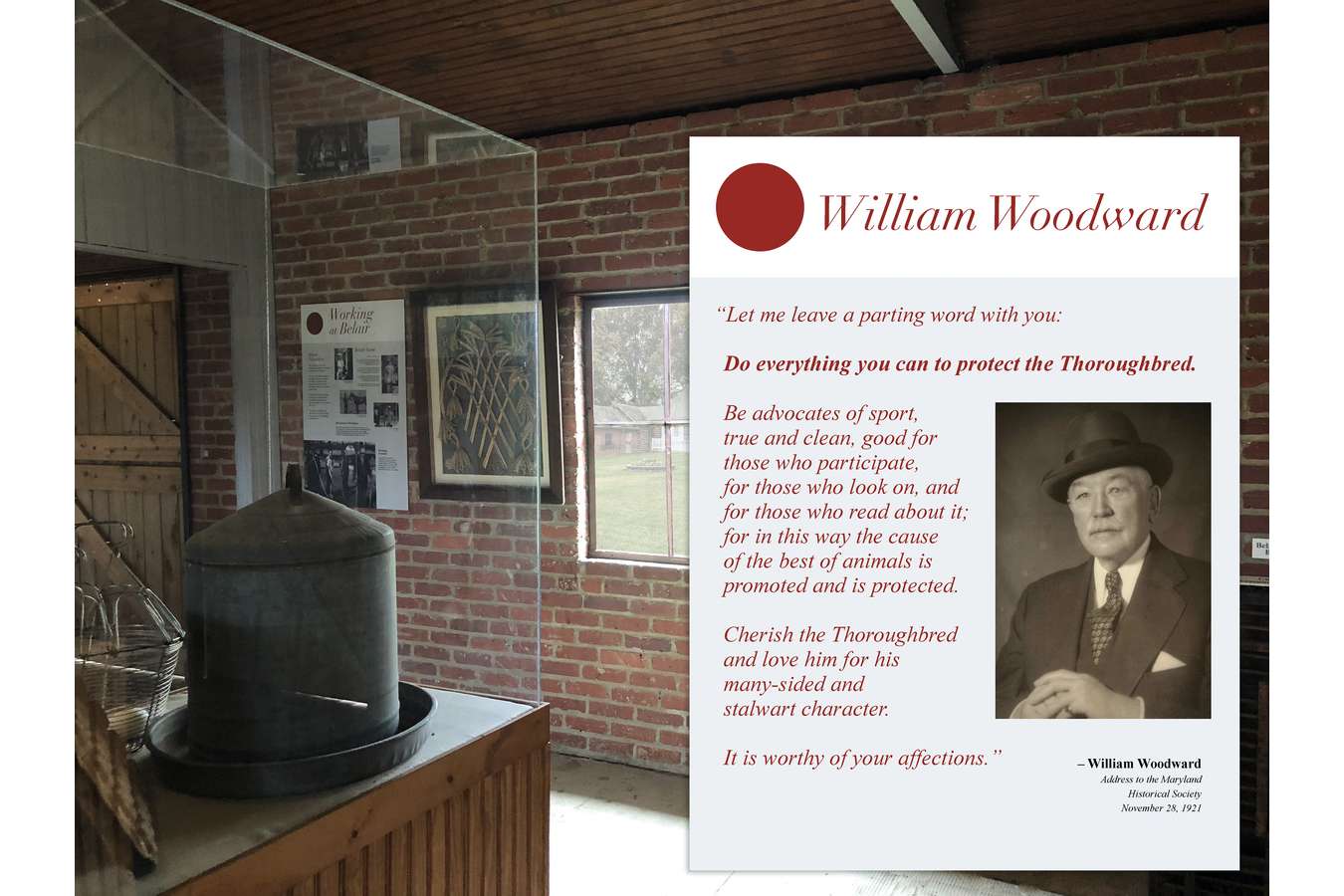
Paris Design has provided design services for Belair Stable for more than a decade
Built in 1907 by William Woodward, “Belair Stud Stable” was home to Gallant Fox (1930) and Omaha (1935). They are the only father/son horses to ever capture the Triple Crown Series.
Governor Ogle, the original 1740s owner of Belair, brought horse racing to Maryland. The Woodward's continued its 200-year racing legacy through the 1950s.
Paris Design has created dozens of graphic displays to interpret the stable history, famous horses, African American jockeys and the people who worked at Belair Stud.
Vignettes in stables include agricultural displays and a recreated 1923 stable master's apartment. Waysides in courtyard focus on property restoration and the people that trained the horses.
| Project: | Belair Stable Museum |
